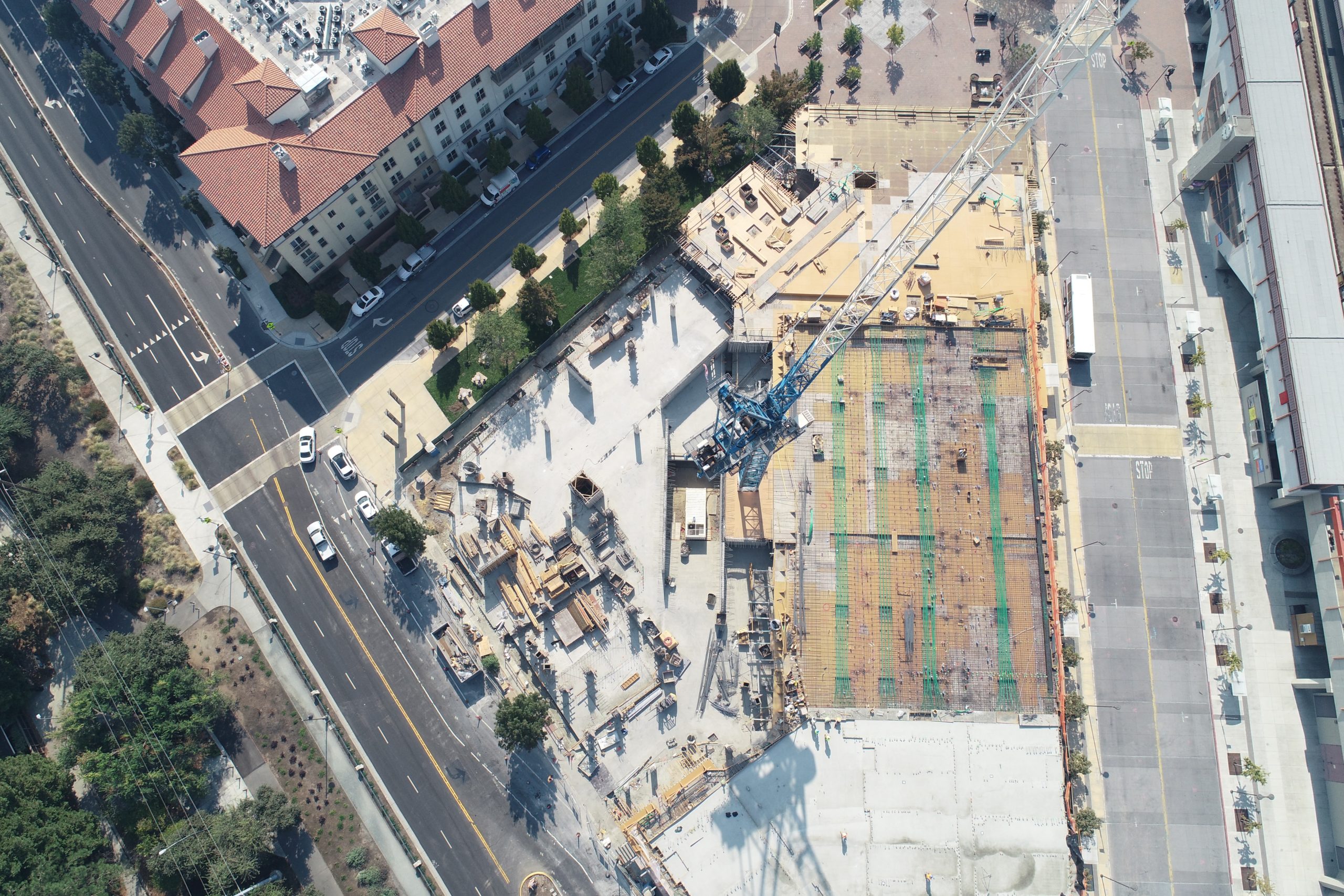

There are so many things to consider when negotiating your subcontracts, and field conditions are no different. Field conditions affect each project you will encounter. Knowing your scope of work and your subcontractor field conditions is so important when signing onto a new job. Make sure you are aware of all the specific terms in your subcontract and survey the site before agreeing to anything. If you don’t, you might find yourself incurring expensive litigation costs to fight disputes after the fact. Our latest blog will break down what field conditions are and what you should be on the lookout for to C.Y.A. on all your future projects.
What are field conditions when referenced in a subcontract? Field conditions are anything about the project physically. Where the project is located, how the job site can be accessed, if the job site has storage facilities, etc. These are all examples of field conditions.
Why do you need to be aware of the field conditions? It is necessary to be aware of the field conditions because most subcontracts have a paragraph that states that you have visited the project site and are familiar with all relevant field/project conditions. This language is incredibly important to familiarize yourself with! If there are specific field/project conditions that increase your project cost, you will not be paid for any of these additional expenses if you approved the current field conditions in your subcontract. It is your job to include these extra costs into your subcontract, or you could be responsible for paying these additional costs out of pocket.
For example, The Cromeens Law Firm once represented a client that made repairs to industrial piers, Super Pier Subcontractor (“SPS”). SPS was hired to repair a pier where huge ships would dock and unload their cargo. SPS used its floating barge to make the repairs. The barge had to be positioned in place by driving stakes into the bottom of the ocean floor. This process was very time consuming and expensive. Once SPS got their barge into place and began working, a ship pulled up and need to unload.
SPS was instructed to move their barge so the ship could unload in that very spot. This happened several times throughout the repairing process costing a whopping $30,000 in additional costs. When SPS sent the invoice for the additional $30,000, their request for additional funds was denied. The owner of the pier cited the provision in the contract SPS signed that said they had visited the project site and was aware of all conditions.
The owner reasoned that had SPS physically visited the pier before the repairs began, they would have seen that ships are regularly coming in and out and SPS should have accounted for the price of moving from the pier in the contract price. In the end, SPS ended up settling for $20,000 after getting an attorney involved.
There are so many possible scenarios that could arise with unknown subcontractor field conditions. After visiting the project site, you will be able to understand what would be important to your company. If you are agreeing to specific terms and provisions in the subcontract before signing, make sure you have been to the project site and have performed a thorough physical inspection. It truly is worth your time and energy to do an inspection.
Knowing what could increase your cost should be accounted for before you sign the subcontract. Here is a list of a few things to take note of when visiting a project site:
These are just some of the many conditions you may face when working on a construction project. There are many factors to think about when planning and drawing up your contracts and negotiating deals. Contact us so we can help you walk through every step of your subcontract and ultimately protect you on the front-end. We strongly believe in helping our clients defend themselves and their businesses upfront so that they can prevent expensive litigation. Courtney Stricklen will teach you how to best protect yourself and your business at our free C.Y.A. webinar on October 20th at 12pm. Sign up today! We look forward to seeing you.
Karalynn Cromeens is the Owner and Managing Partner of The Cromeens Law Firm, PLLC, with over 17 years of experience in construction, real estate, and business law. A published author and passionate advocate for contractors, she has dedicated her career to protecting the businesses her clients have built. Karalynn is on a mission to educate subcontractors on their legal rights, which inspired her books Quit Getting Screwed and Quit Getting Stiffed, as well as her podcast and The Subcontractor Institute.

